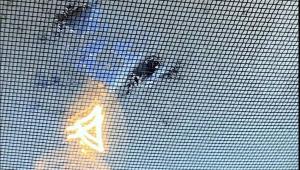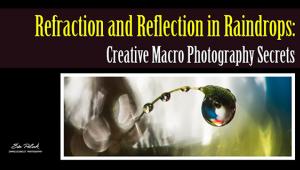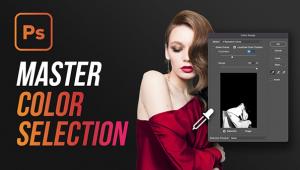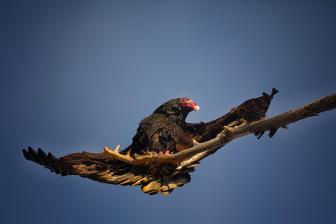Shutterbug’s Exclusive photokina Coverage; Large Format: Build It Yourself, Wood, And LF Lenses Page 2
Schneider had a new film lens, the APO-Tele-Xenar 350mm f/11, which isn’t actually a tele lens at all but a four-glass symmetrical (true tele lenses have a negative rear glass or group to shorten the back focus). Although f/11 sounds dreadfully slow, with a longish lens like this, ground-glass illumination is surprisingly bright, even on 8x10” where it allows a small amount of movement (image circle 350mm). The good bit is the recommended retail price: 762 euros, including VAT, or well under $1000 net of tax.
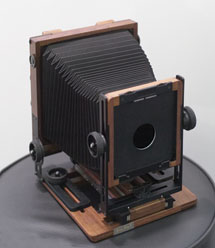 |
|
|
 |
|
|
Shanghai Seagull had several new LF cameras, too, all in wood. These included a basic 4x5” and a new 6x24cm panoramic similar in concept and execution to their 6x17cm. The problem with dealing with Seagull at photokina is however that their command of English is rather weak; they have little or no press information; and they seem more interested in dealing with individual customers than with either distributors or the press. A leading English distributor told me that he had simply given up and walked off the stand, and in the Accessories overview I recount how I had to borrow a sample from the man to whom they had just sold it. This is unfortunate, as their products seem to be better and better made every year, and this year, their new wooden 5x7” film holders looked particularly attractive, though the natural wood finish might reflect rather more light inside the bellows than is a good idea. I am told by those who have dealt directly with Seagull, ordering from China, that there have been relatively few problems apart from delays.
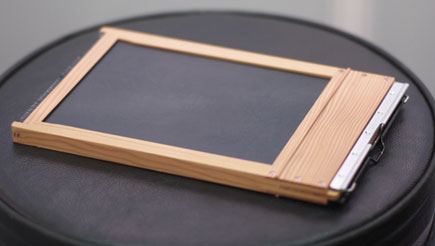 |
|
|
Otherwise, with the exception of Dr. Gilde, it was mostly a story of reintroductions and revisions, rather than much that was completely new.
Horseman reintroduced their original L45, which had been out of production for well over a decade. When I asked Mr. Komamura (boss of Horseman) why, he said, “Well, we kept adding extra features, and then we realized that hardly anyone wanted them, so we went back to basics.” Commendable honesty there! Horseman also showed another variant on their camera with a monorail front standard and a back end that accepts digital and indeed film SLRs, allowing the use of swings, tilts and rise, fall and cross, though the shift movement is limited as a result of the flange-to-sensor distance of an SLR.
Keith Canham showed colored anodized versions of his 4x5” metal cameras, including one in an
eyeball-aching magenta and another in green with a camouflage bellows: not new models, but highly entertaining variations. The latter “military” model is available to the general public at slightly over the normal price or to the Pentagon at $100,000 per camera, minimum order 30 cameras, plus parts, plus training, subject to cost overruns and delays.
 |
|
|
A very interesting point that Canham made was that he is seeing more and more young photographers who are yearning to buy new 4x5” cameras, even if they cannot afford one yet and are making do with an old Graphic. At photokina 2004, he said, the great majority of visitors to his stand were of retirement age, or at least, 50 and above. In 2006 he saw a few more who were younger, but in 2008 he reckoned that he saw about equal numbers of 50+ and under 30. Arca Swiss made a similar point.
It’s true that there was a new Linhof copy camera, based on a 4x5 chassis, but it was introduced because a lot of people were simply locking all the movements on Technikas and mounting them on copy stands. The new model saves them the trouble, by removing the movements. Amazingly, it costs more than the standard Technika, partly as a consequence of the limited demand, partly because of the precision required for digital backs, and partly because it’s sold as a package complete with training.
 |
|
|
And Dr. Gilde? Well, how about an Arca Swiss-based 4x5” stereo camera? A twin-lens reflex, but not as we know it: two lenses with 45? mirrors mounted in the vertical plane behind them, reflecting the images onto ground glasses at opposite ends of the camera. Focusing is via a common lead screw that runs the length of the base. It looked as if a small lathe had enjoyed an illicit tryst with a military rangefinder, and it was a “special” for a customer in China—who presumably wanted something a bit more exotic than a Seagull.
- Log in or register to post comments

